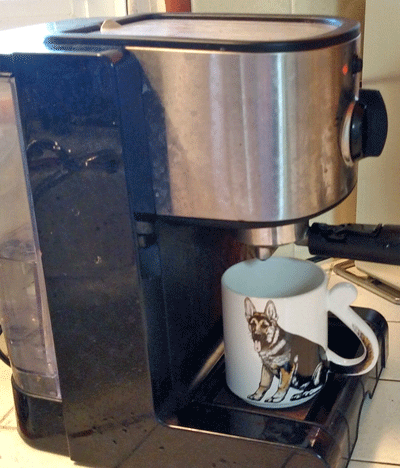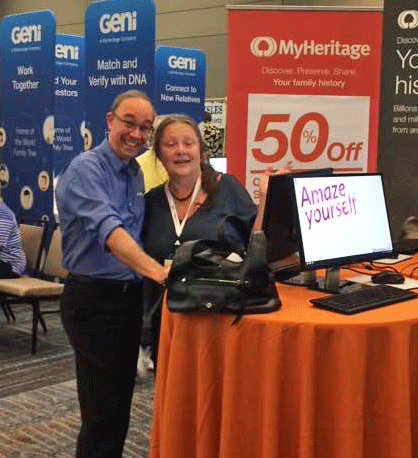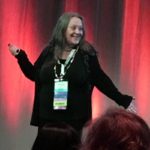You don’t have to be Norwegian-American to enjoy Candace Simar
‘s novels about the lives and hardships of Norwegian settlers in Minnesota in the mid 1800s. Her characters became very real to me as I read about how they dealt with love, the Indian Uprising, the Civil War, losing children, losing crops, and just getting on with their daily lives. How self-sufficient those settlers had to be! The advent of the sewing machine was major, since they made all their own clothes. She even tells parts of these stories from the Native American point of view.
After I finished the fourth one I was sad that there were no more. In order the books are: Abercrombie Trail: A Novel of the 1862 Uprising,
Pomme De Terre
, Birdie
, and Blooming Prairie
.
A History of Scandinavian DNA
If Scandinavian DNA is what interests you, you might like My European Family: The First 54,000 Years by Karin Bojs as much as I did. Karin, a journalist, learns about her ancient ancestors, after DNA testing, by going around Europe interviewing DNA researchers and archaeologists.
With the popularity of autosomal DNA tests, many people are not aware of how interesting it is to know about their deep ancestry via Y and mtDNA haplogroups. The Eupedia website has detailed information about the origins and history of each European haplogroup.
Only Family Tree DNA tests fully for these, although 23andMe will give you your top level haplogroups. If you tested at Ancestry DNA, you can upload to Promethease.com – the health information site – to determine your basic haplogroup, see http://www.geneticgenealogist.net/2016/01/how-to-get-ydna-haplogroup-from.html for how.
Personally I like to keep a chart of my family haplogroups.




